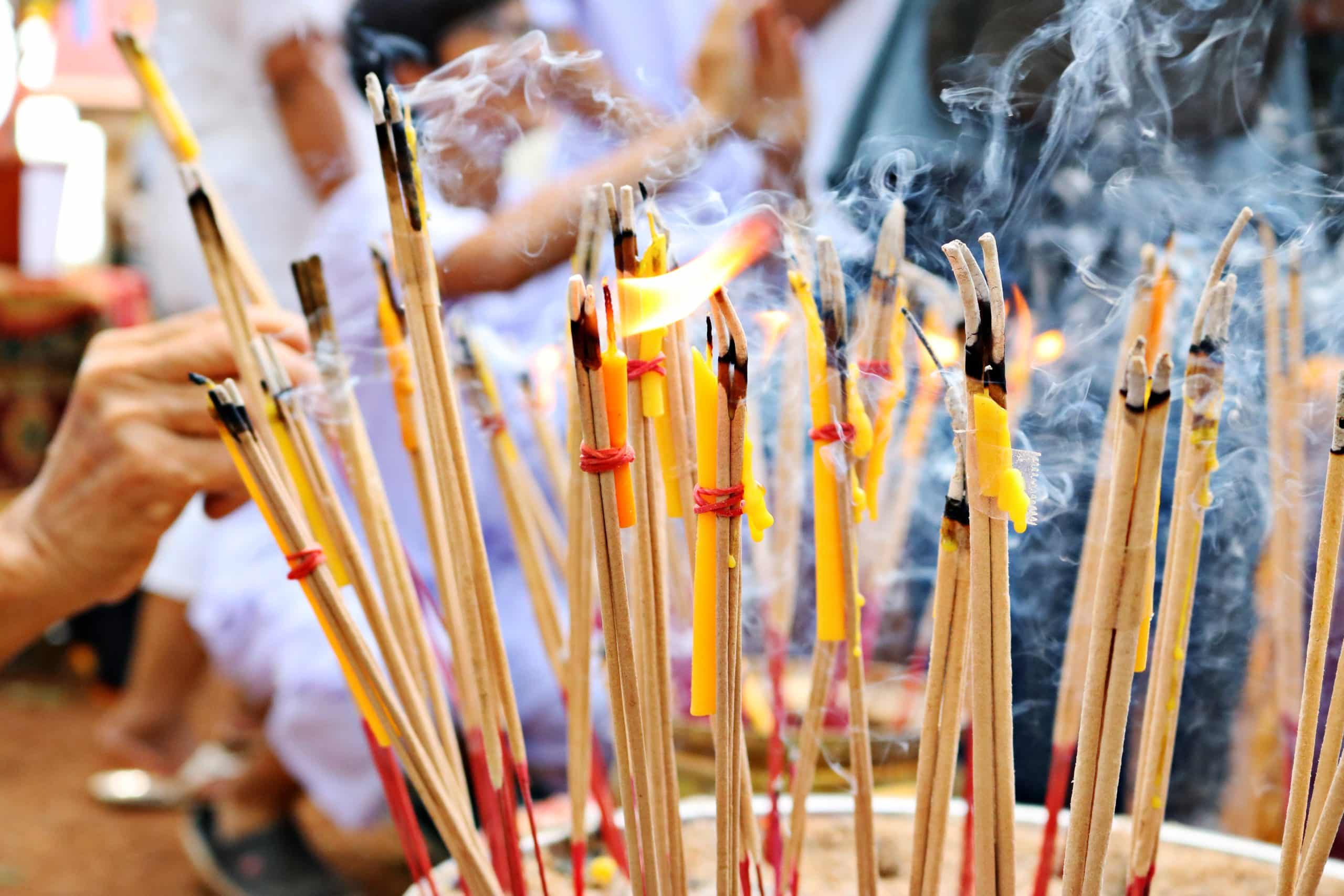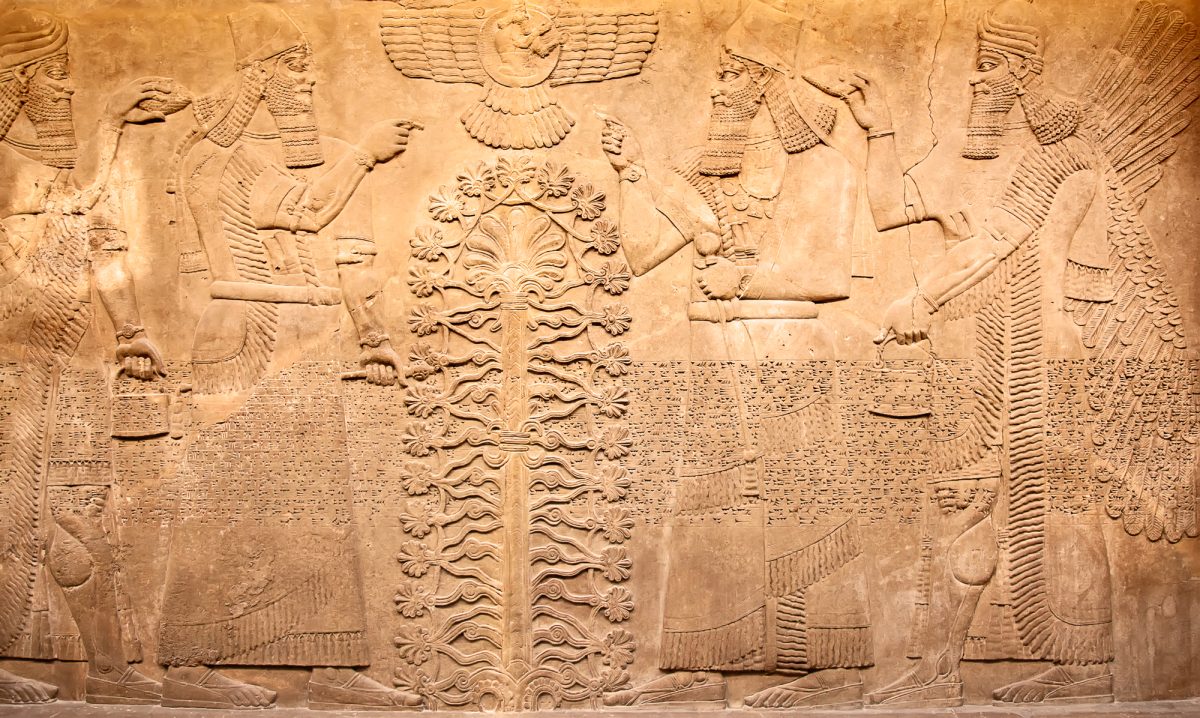The 7 Chakras & How Each One Can Affect Our Health
Ever wonder why, from the moment you wake up, your head feels like it’s filled with thoughts — good or bad? The answer lies in a system of energy centers called chakras. Until you learn how these chakras affect your health and vitality, you can never be truly balanced.
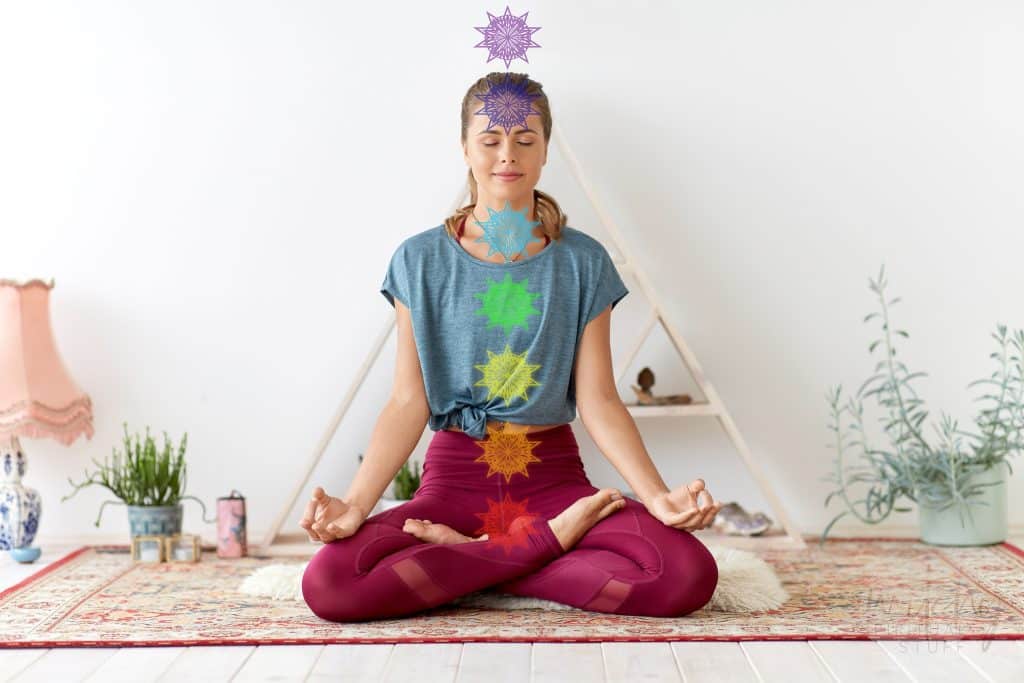
Here’s an easy guide for how to balance your chakras.
Chakras are invisible energy structures that are aligned along our spine. They are spinning wheels of energy, with each one corresponding to a different part of our body.
In spite of the fact that chakras have been around for thousands of years, there are many people who don’t know what they are or how to balance them.
Table of Contents
What Are Chakras?
Chakras are energy centers within the body, connected to different aspects of our lives. There are seven main chakras that correspond with physical, emotional, and spiritual well-being. Chakra is a Sanskrit word meaning “wheel.”
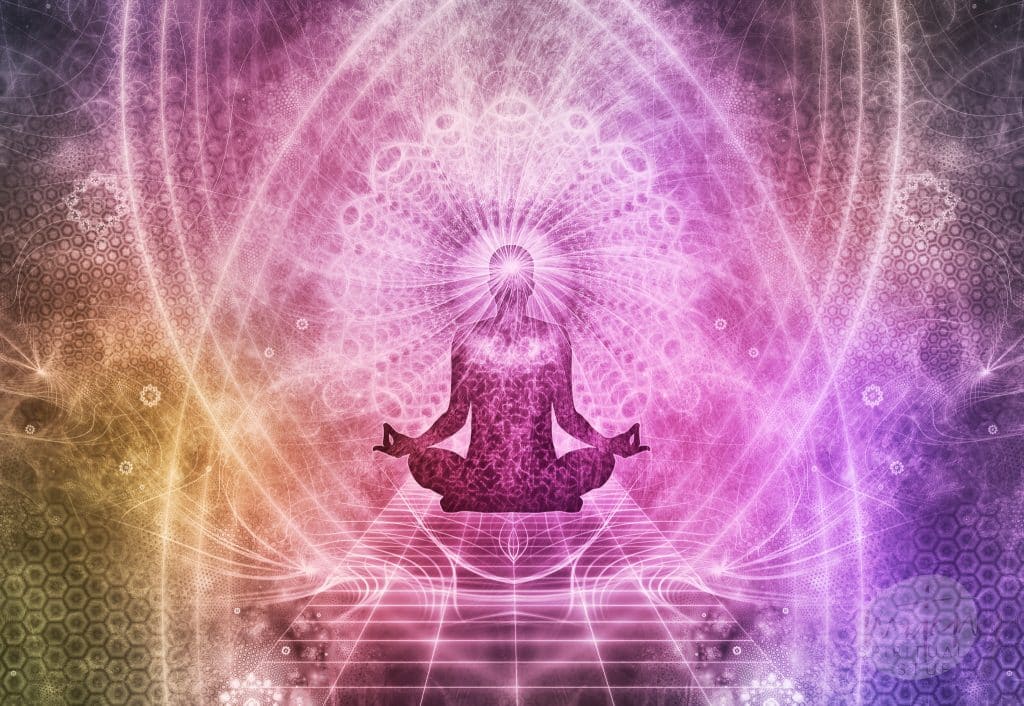
While they aren’t tangible in the same way as physical organs or bones (they can’t be seen through an X-ray, for example), each chakra corresponds to a part of the body and plays a role in our overall health.
The Root Chakra (Muladhara)
The root chakra is located at the base of your spine, and it’s represented by the color red. In Sanskrit, it’s called Muladhara (pronounced moo-lah-dah-rah).
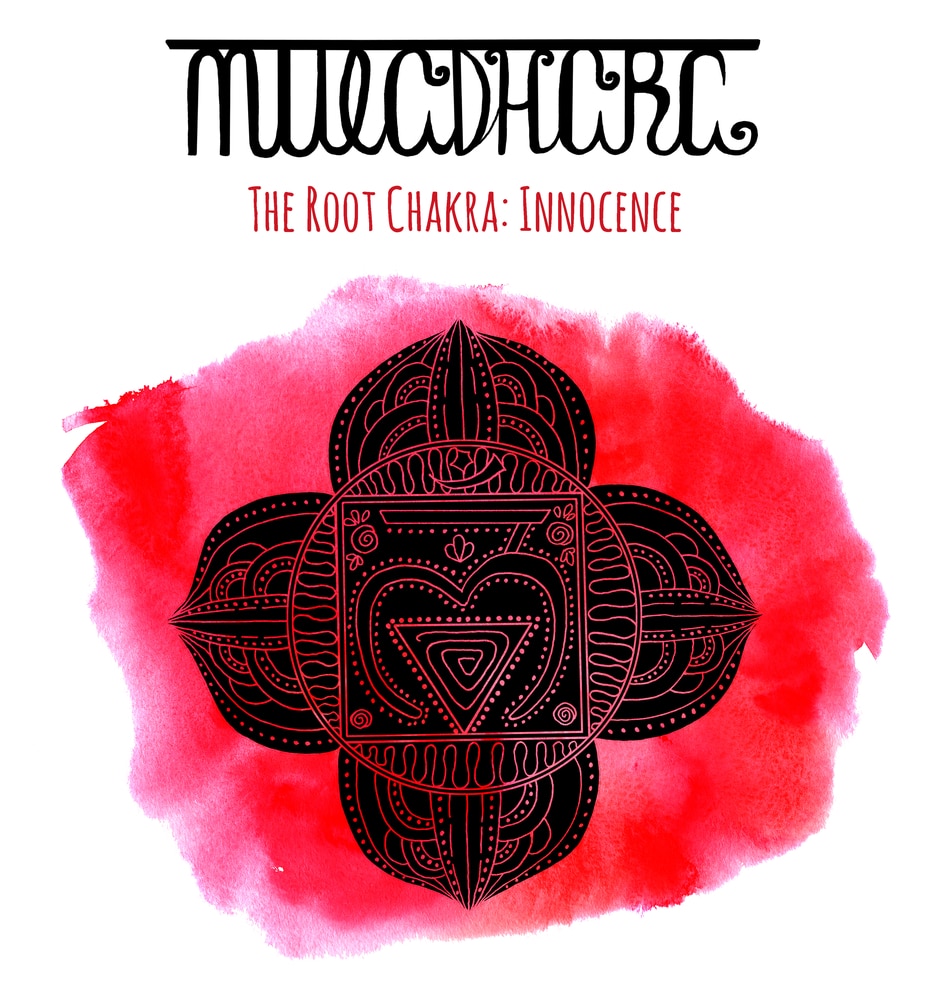
This chakra has to do with our basic needs for survival: food, water, safety, shelter—that sort of thing. Its sense is smell and its element is earth. Body parts related to this chakra include the legs, feet, hips, bones, and teeth.
The function of this chakra is stability. When aligned and balanced, we experience groundedness and feel more secure in life in general.
At a more physical level, our immune system strengthens when this area gets some extra attention as well.
The Sacral Chakra (Svadhisthana)
Located in the lower abdomen, Svadhisthana is home to our inner child and the source of creativity and inspiration.
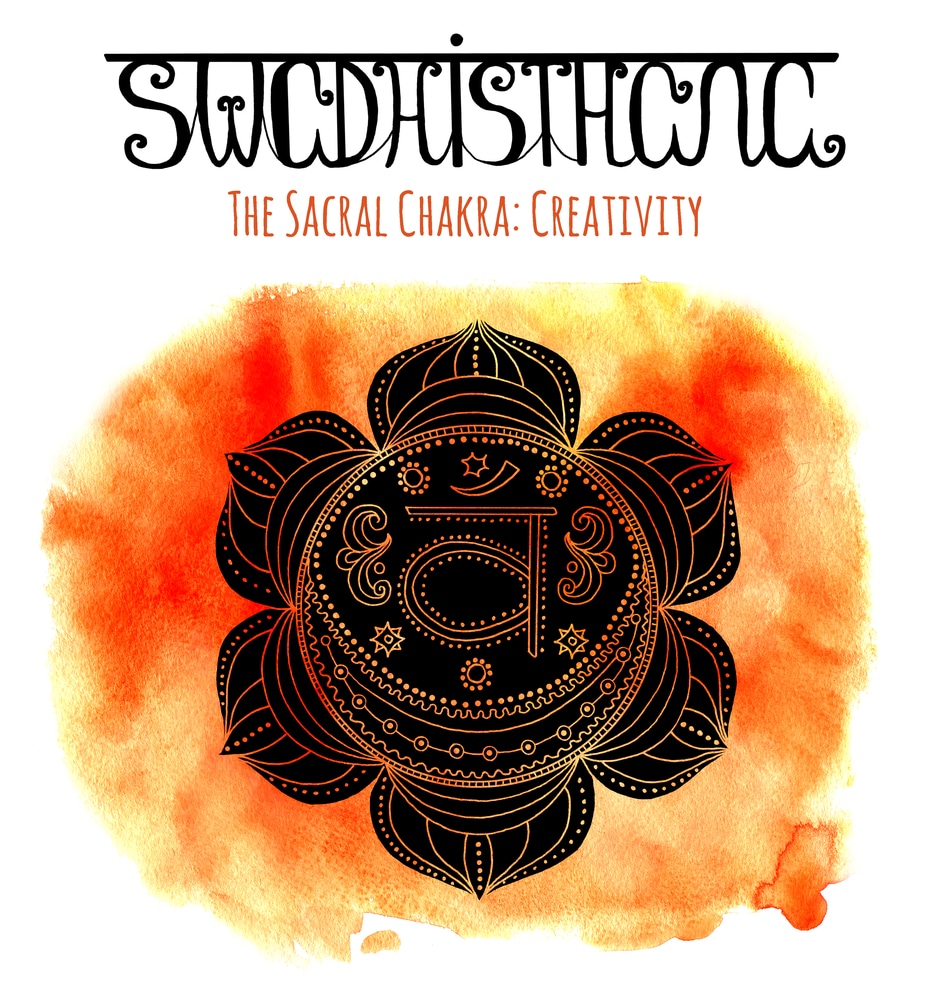
Its element is water, its color is orange, and it governs how we deal with pleasure and how we feel about our body image.
When this chakra is balanced, you’re full of energy and motivation, as well as being open to new experiences. This energy manifests physically through an athletic body that knows how to have fun!
An imbalance in this area may manifest in emotional issues like guilt or shame—or it can show up as physical problems like problems with the reproductive system or urinary tract.
It can also cause lower back pain from holding on too tight or too many intense emotions (like anger or passion).
The Solar Plexus Chakra (Manipura)
The solar plexus chakra is the third chakra. It is located just above the belly button and it relates to our gut instinct, our sense of self, and our personal power. The color associated with this energy center is yellow and its element is fire.
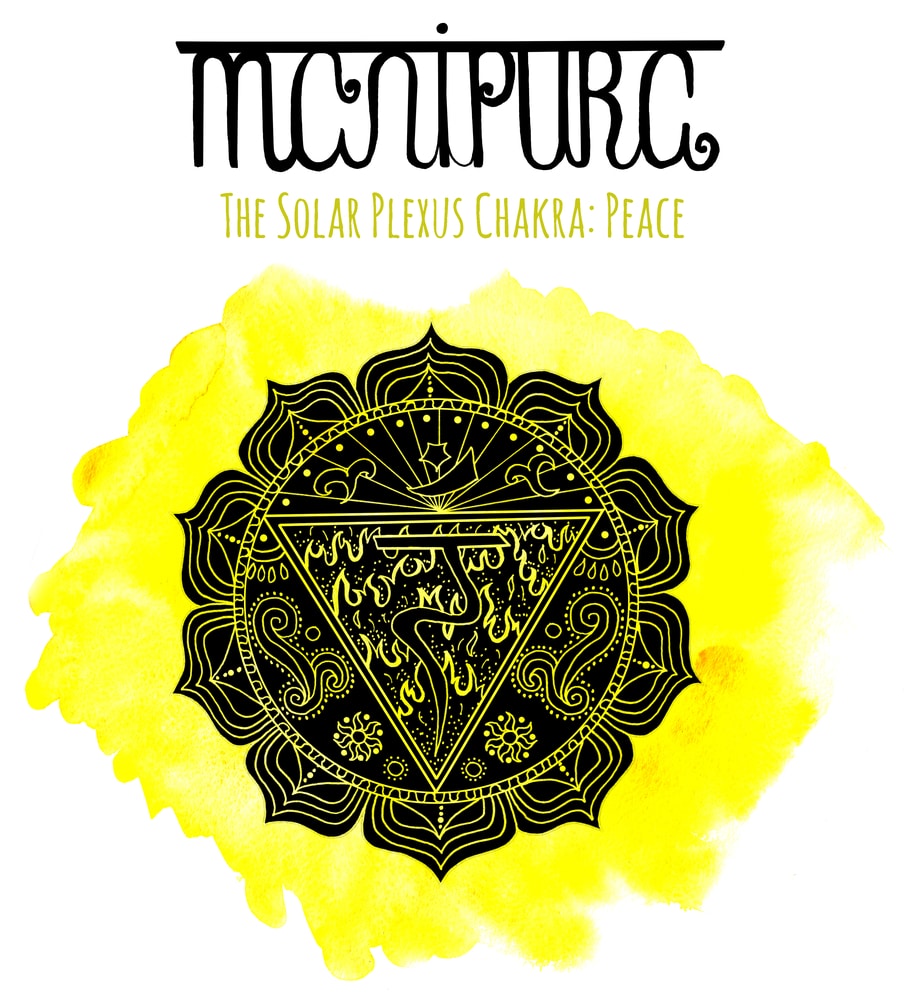
The solar plexus chakra helps us be confident in ourselves and have high self-esteem by giving us a feeling of being in control of our lives.
When we feel empowered, we are not afraid to speak up for ourselves or take action in pursuit of what we want from life. When this chakra is blocked or unbalanced, we lack self-confidence and may feel like a victim or martyr rather than someone who can create their own destiny.
We might also struggle with perfectionism or imposter syndrome because we are unable to trust ourselves to make good choices without fear that others will judge us for it.
The Heart Chakra (Anahata)
Located in the centre of the chest, also referred to as the heart chakra, anahata is symbolized by a lotus with 12 petals. It is associated with love, compassion, acceptance, empathy and forgiveness.
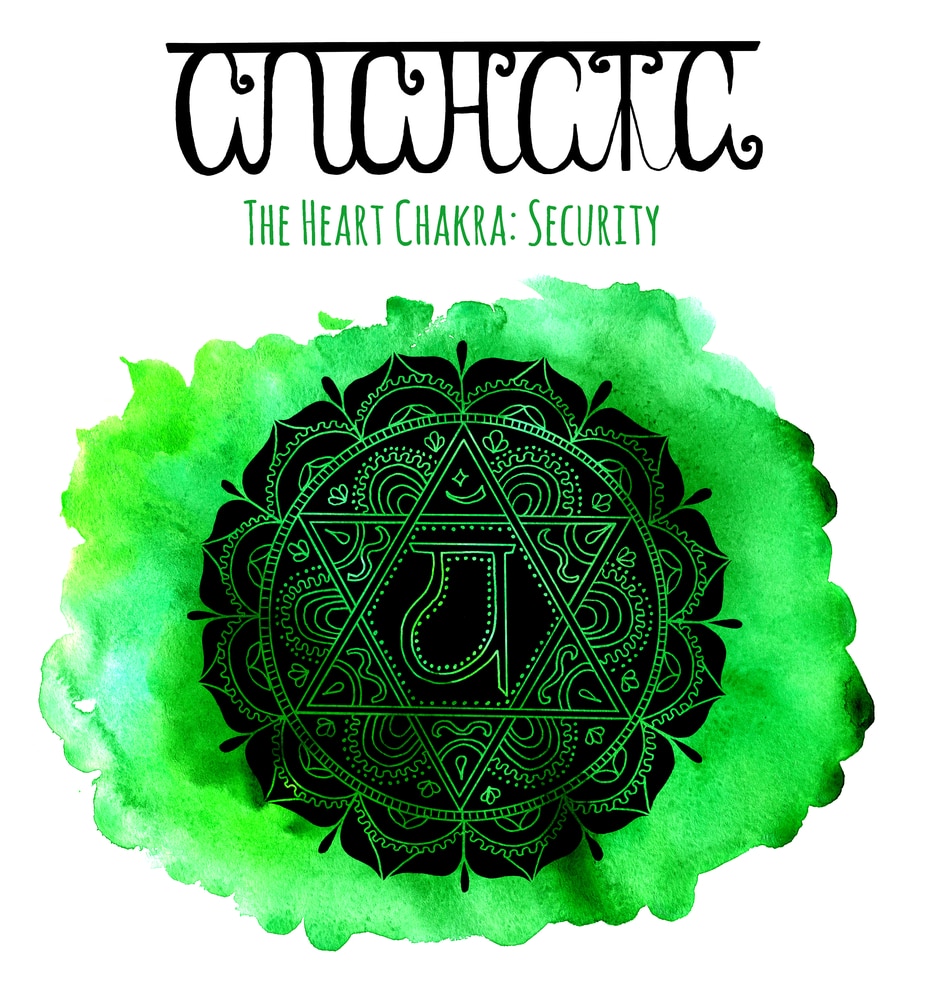
The anahata chakra connects us to our sense of trust and hope. When balanced, we are able to forgive ourselves and others for past mistakes and accept life as it unfolds.
This chakra’s energy centre is green—the colour of nature that gives us renewal and vitality every day.
The Throat Chakra (Vishuddha)
The Throat Chakra is about communication. It is related to how we express ourselves, and what we say to the world.
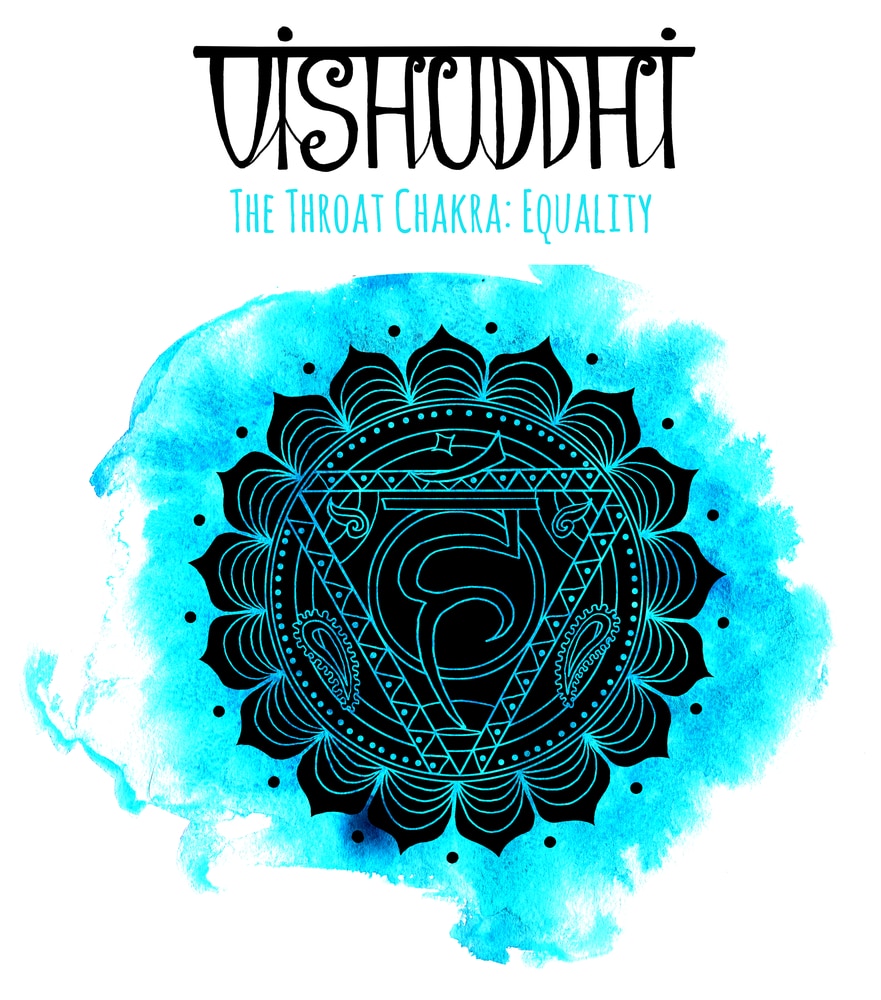
The location of this chakra is at the base of the neck, and it’s associated with the color blue. When it’s healthy, you’ll likely feel like you have a voice in society; life will feel balanced when you can communicate effectively with others.
However, if your throat chakra is overactive, it might be expressed in behavior like being too manipulative or over-sharing.
The Third-Eye Chakra (Ajna)
The third-eye chakra, located between the eyebrows, has a few different names. It’s also known as the brow chakra or inner eye and is associated with the color indigo.
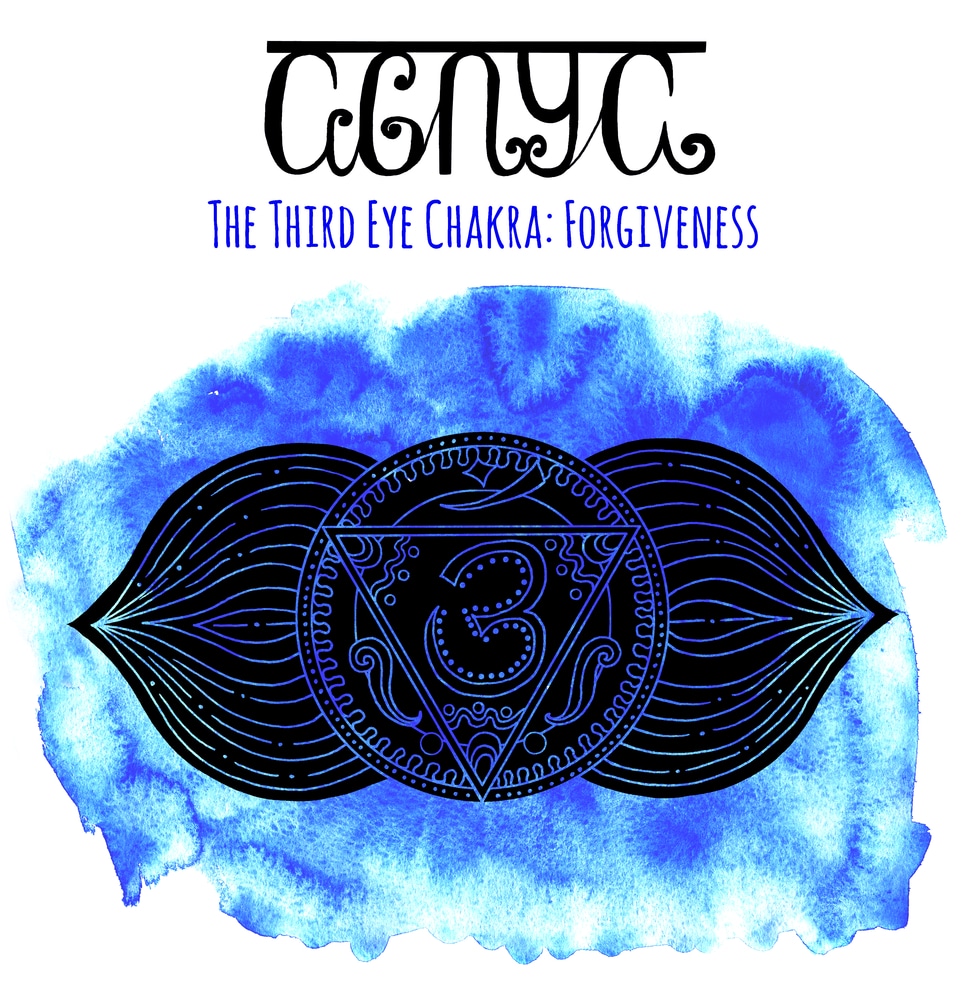
This chakra is all about intuition, imagination and wisdom.
When your third-eye chakra is underactive, you may have trouble focusing and concentration. Maybe you’ve noticed that you are often daydreaming or spacing out during conversations with others.
You may also have difficulty sleeping and find that you’re always doing something instead of relaxing.
When your third-eye chakra is overactive, it can feel like it’s impossible to shut off from the world around you; there are too many thoughts running through your mind at once!
You might notice that meditation is especially difficult for you since it can be hard to focus on just one thing when so many other things are vying for your attention inside of your head.
Gems to balance this chakra include amethyst, lapis lazuli, sodalite, fluorite, clear quartz and moonstone crystals
The Crown Chakra (Sahasrara)
The seventh chakra, sahasrara, meaning “thousand-petaled” in Sanskrit, is located at the crown of your head. Sahasrara is related to pure consciousness and unity with the universe. It’s associated with the pituitary gland—the master gland that influences nearly all other glands in the body and controls homeostasis in our systems.
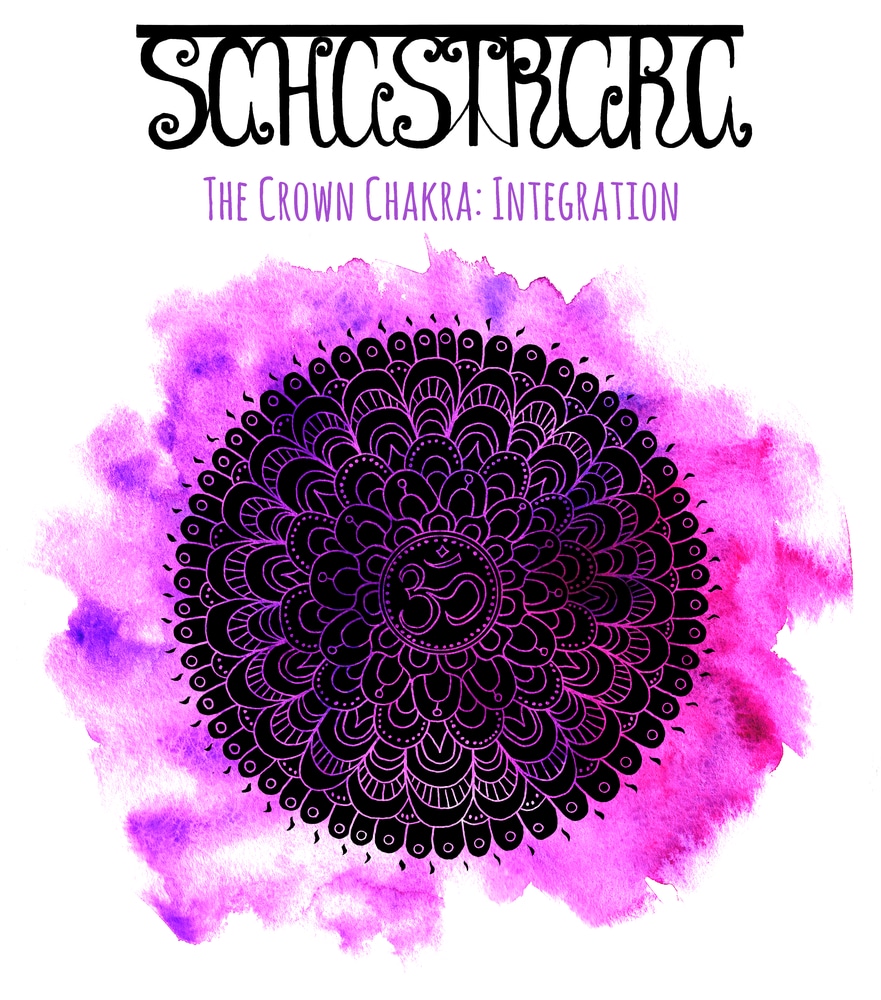
The pituitary gland also influences hormones and emotions, which means when sahasrara is out of balance it can affect your moods or stress levels.
If you’re feeling anxious or disconnected from reality often, it may be worth examining whether sahasrara needs balancing within you.
To bring sahasrara back into balance, try using crystals like sodalite or clear quartz: they stimulate a connection to higher consciousnesses and help bring mental clarity and peace.
Finally, try wearing white clothing more often—or even all white—to represent your connection to the universe’s energy.
When all of the chakras are in balance, we will be able to respond to life’s challenges with wisdom and discernment.
When all of the chakras are in balance, we will be able to respond to life’s challenges with wisdom and discernment. We will make better decisions.
We will be better at listening to our own intuition and self-confidence rather than relying on outside sources.
We will have more self-esteem and we might even find that we have less fear in our lives.
How are chakras connected?
There are numerous chakra balancing meditations you could use in an effort to heal some of the issues caused by a misaligned chakra.
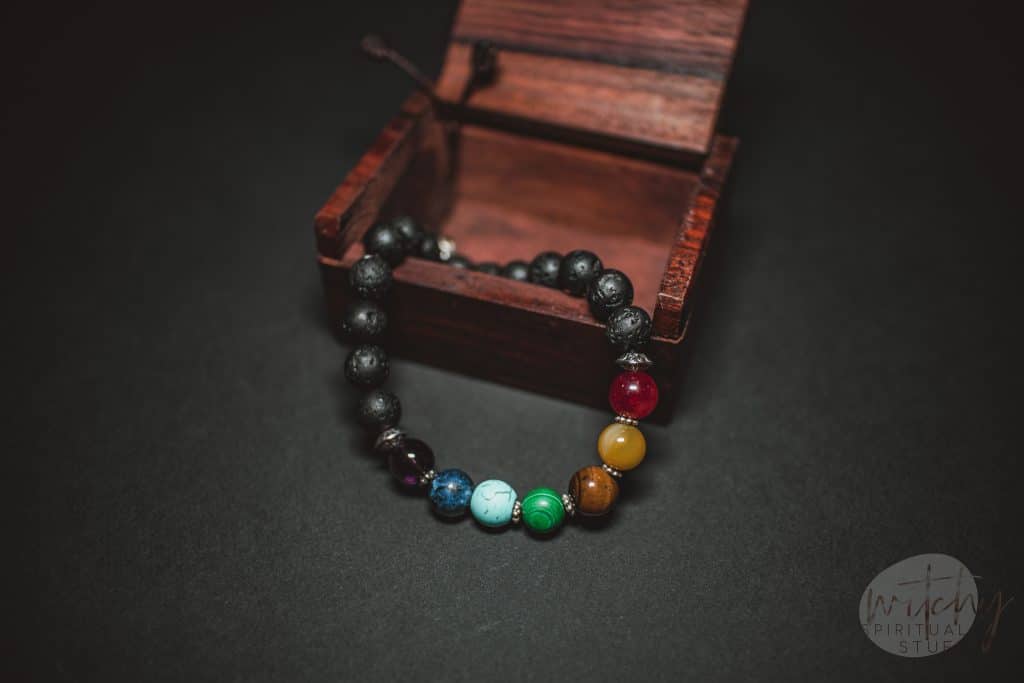
However, one thing to keep in mind is that certain aspects of your chakras can affect others. For example, if the root chakra is imbalanced, it can cause a chain reaction that cascades down to the third eye chakra, causing a variety of problems with perception and communication – as well as headaches and toothaches.
Your goal is to bring your chakras into alignment; that way every aspect of your life can be affected positively, by opening those healing centers.
The goal is to energize one’s chakras so that everything in your life has a proper flow.
Without properly balanced chakras, it is impossible to reach true happiness and fulfillment.
When your chakras are balanced and harmonious, you will feel happy and at peace with yourself.


